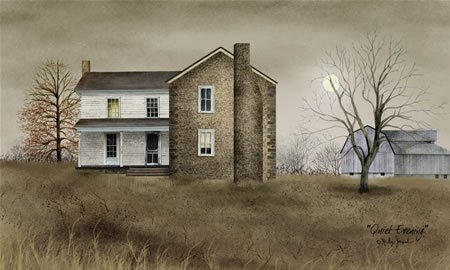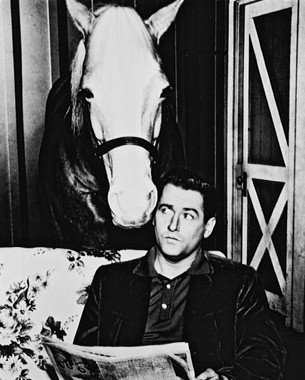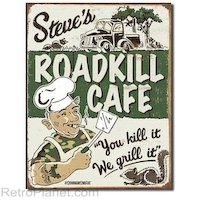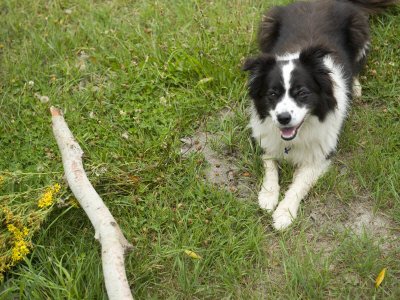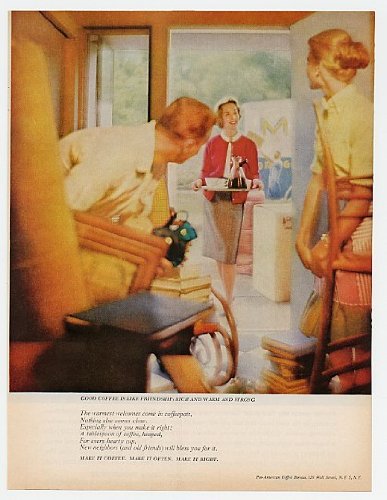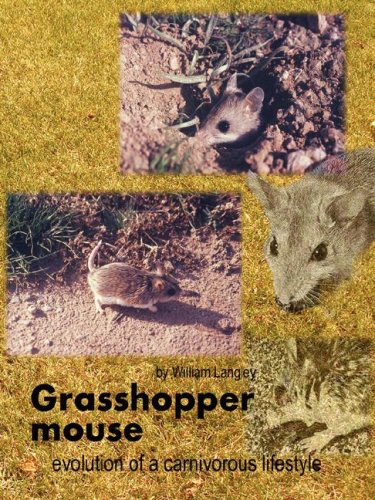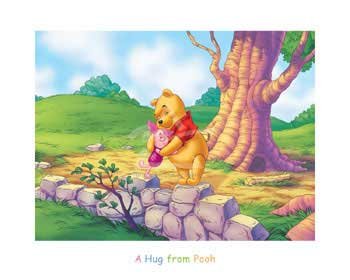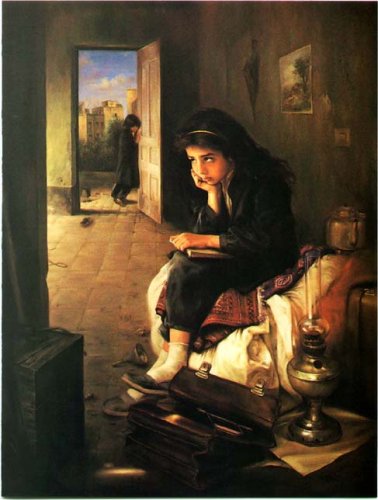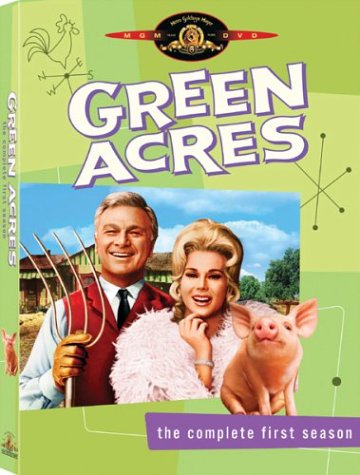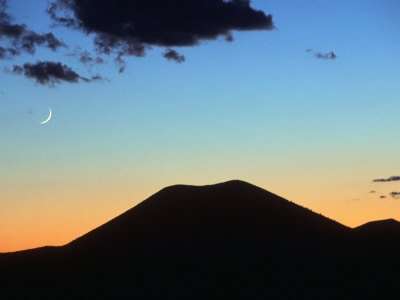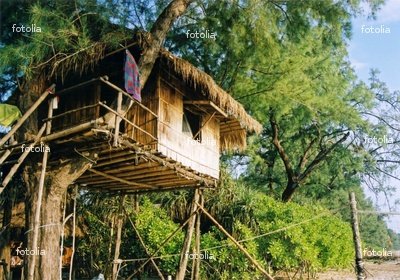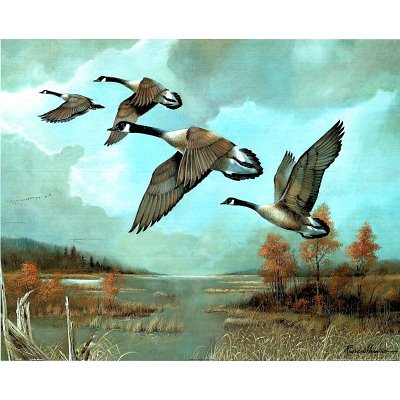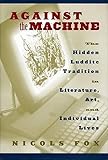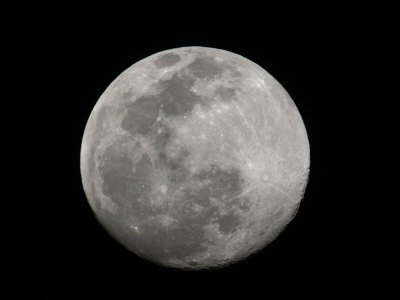by Michael Hofferber. Copyright © 2003. All rights reserved.
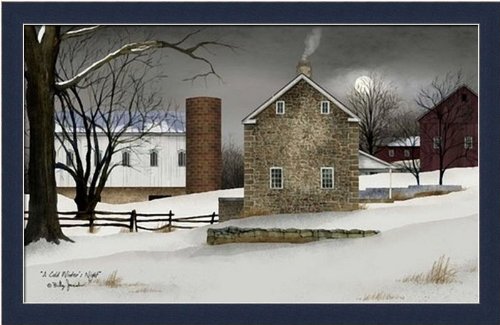 Drive away from the city at night, a couple dozen miles or so, and turn up an empty rural road. Continue until the glow of civilization recedes and the nearest farmstead or outbuilding security beacon fades from view. Then stop the truck. Turn off the lights. And step out into the darkness.
Drive away from the city at night, a couple dozen miles or so, and turn up an empty rural road. Continue until the glow of civilization recedes and the nearest farmstead or outbuilding security beacon fades from view. Then stop the truck. Turn off the lights. And step out into the darkness.If the skies are clear, the great swath of the Milky Way will unfold overhead. And if there's a moon, a shadowy landscape may appear. But mostly there will be blackness, a void where our vision will not penetrate, and an immense loneliness.
Some folks never meet the night; they spend their lives beneath streetlights or behind headlights and well within the city limits. To them, night must seem like a shadowy time between dusk and the morning alarm. But out here in the country there is true darkness. If you've gone camping in the wilderness or spent a night midwifing a cow on a remote pasture or had your rig break down miles from town, perhaps you have seen it and felt its chill.
Continued at... Winter Lights
Rural Delivery
Artwork: A Cold Winter's Night

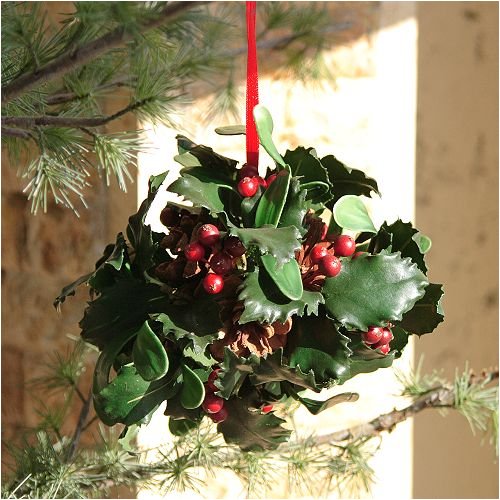

 Most songs don't keep. People sing them for a few years, then lose interest. New tunes replace the old in a continuous cycle and yesterday's lyrics are soon forgotten.
Most songs don't keep. People sing them for a few years, then lose interest. New tunes replace the old in a continuous cycle and yesterday's lyrics are soon forgotten.